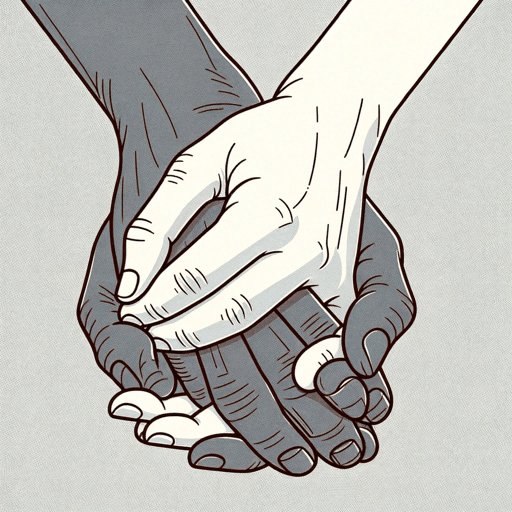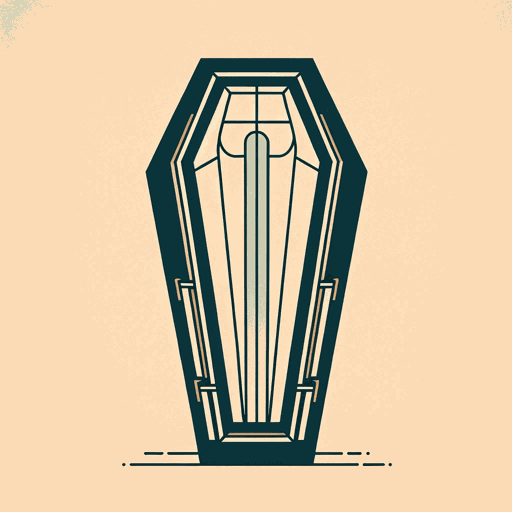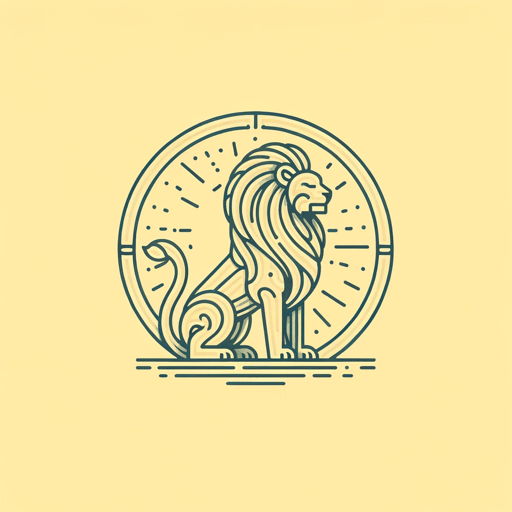17 pages • 34 minutes read
Nadine GordimerThe Train From Rhodesia
Fiction | Short Story | Adult | Published in 1952A modern alternative to SparkNotes and CliffsNotes, SuperSummary offers high-quality Study Guides with detailed chapter summaries and analysis of major themes, characters, and more.
Literary Devices
Anthropomorphism
Anthropomorphism is the ascribing of human attributes to inanimate or non-human objects. In this story, both the train and the carved animals that the vendors sell are depicted as if they are human. The train is described as “gasping” as if it has lungs, and as dragging its “dwindling body” into the station (43). As the train pulls away at the end of the story, the carved animals are seen “questioning for the last time at the windows” (46), as if they are selling themselves.
Conversely, the vendors selling the carved animals are compared to “performing animals,” while the mute staring passengers on the train evoke the faces of animals. These metaphors express the dehumanizing effects of capitalism, along with the disproportionate value that a capitalist society puts on machines and objects.
Close Omniscient Perspective
A close omniscient perspective is both wide-ranging and limited. The story is told in the third person, implying an all-seeing observer; yet there are narrow limits to how much the observer knows.
We do not have access to the thoughts and feelings of most of the characters. We see them as we see people in real life, through their actions and appearances.
Related Titles
By Nadine Gordimer

Burger's Daughter
Nadine Gordimer

July's People
Nadine Gordimer

Jump and Other Stories
Nadine Gordimer

None to Accompany Me
Nadine Gordimer

Once Upon a Time
Nadine Gordimer

Six Feet of the Country
Nadine Gordimer

The Conservationist
Nadine Gordimer

The Moment Before the Gun Went Off
Nadine Gordimer

The Pickup
Nadine Gordimer

The Ultimate Safari
Nadine Gordimer
Featured Collections
African Literature
View Collection
Books on Justice & Injustice
View Collection
Challenging Authority
View Collection
Class
View Collection
Class
View Collection
Marriage
View Collection
Nobel Laureates in Literature
View Collection
Power
View Collection
Pride & Shame
View Collection
South African Literature
View Collection

